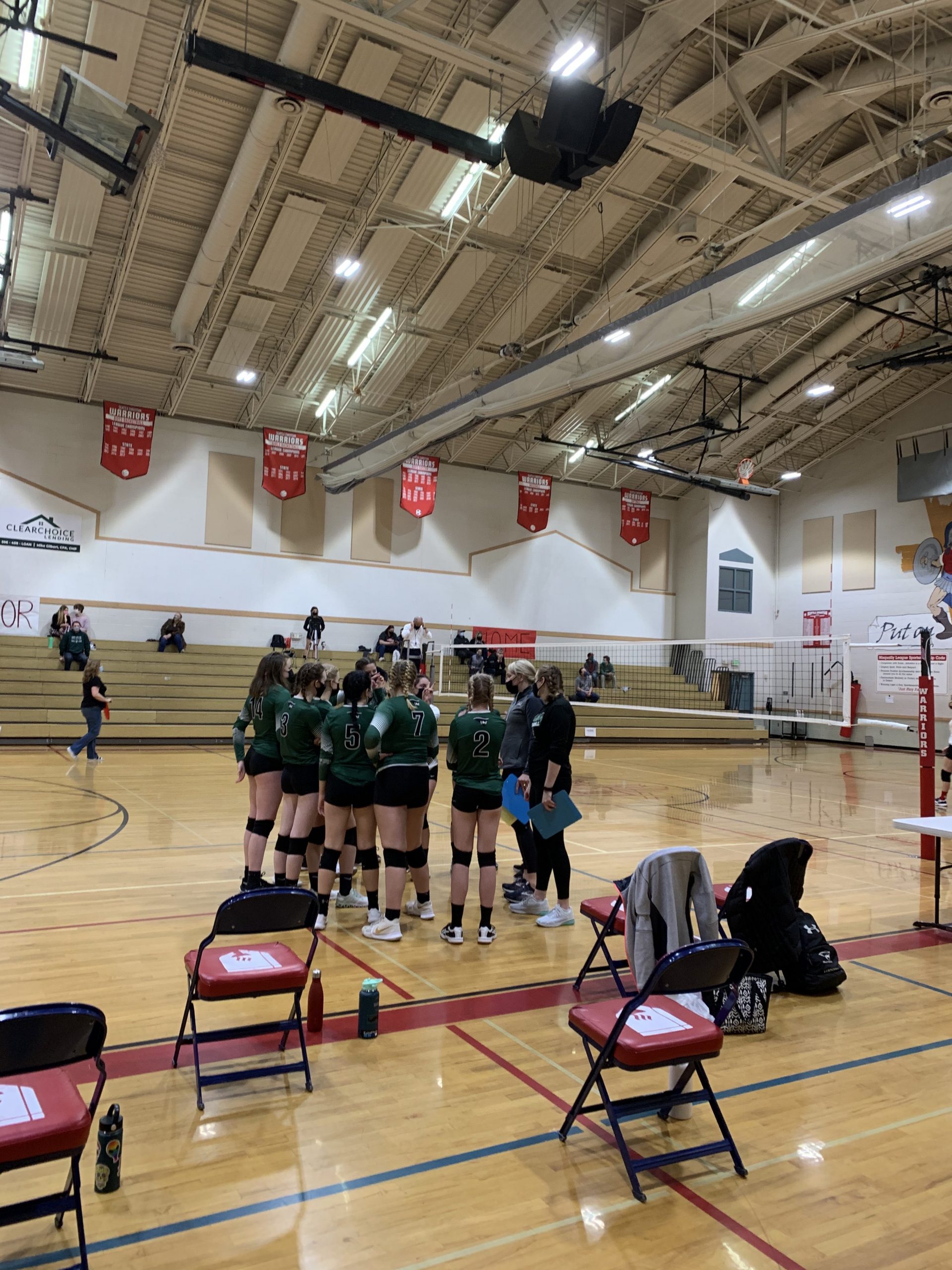Comparing Italian school to American school
By Alice Zerbini, Reporter
My name is Alice Zerbini, and I am an exchange student from Italy. I decided to come to the U.S. because I wanted to experience new things and explore American culture. What intrigued me the most was the American school system, because every American exchange student I have met always told me how much more fun and inclusive school is here. It might sound weird since I am taking the lessons from my computer screen, just like I did in Italy, but from what I have experienced in this first month, I agree. I still have not had the chance to be in person, which I am sure is even better.

SMILE. Zerbini and her Italian friends spend time together during a break at school.
In Italy school is very serious from a young age. At 13 you must choose between different pathways for high school. There are four different pathways to choose from: there is classic, which focuses on ancient Latin and Greek, as well as scientific, linguistic, and artistic.

LEARN. Alice Zerbini and her classmates back in Italy attended a lesson at school. Zerbini compares her classes on Vashon to Italian studies.
Whichever path someone chooses can eventually lead to their career path, which demonstrates the seriousness of school. That was why American school appealed to me so much. In America I have noticed that school not only focuses on studying, but also has a very flourishing social environment that can even be felt despite COVID-19. The school provides experiences like sports, clubs, and dances. In Italy the school does not host any social experiences ― if someone wants to do a sport, they have to do it outside of school, which does not produce the connection between classmates like it does in the U.S. In the U.S. I am playing volleyball, and it has given me a chance to meet people and create connections that I would not have been able to make without it.

SLED. Zerbini and her new friends pose for a photo in Sisters, Oregon while spending the day in the snow.
Not only am I able to make friendships with my classmates, but I am also able to build relationships with my teachers. Italian teachers only care about getting information across and leave it up to the students to get extra help if needed. Whereas in the U.S., the teachers really care about their students being successful and provide lots of opportunities for second chances and help.

PLAY. Alice Zerbini huddles in during a volleyball game at Seattle Christian. Zerbini compares her time on Vashon to back home in Italy.
The amount of schoolwork in the U.S. is way less, and the majority of the homework is done during the class, while in Italy, students are supposed to take notes during the lessons and then study and do homework at home every day. At most Italian schools, including mine, you go to school six days out of seven, which means we only have Sunday off. We also have different vacation schedules; we have a longer summer vacation, but only Christmas break and spring break, whereas in the U.S., there is a shorter summer break, but also mid-winter break and Thanksgiving break.
From what I have heard from my fellow students, the U.S education system is very self-centered. Students mostly learn about U.S. history, whereas in Italy we do not focus only on our own history, but the world as a whole, which I think is an insight that everyone needs.
Both American and Italian schools provide an insight that the other lacks. I am grateful to be able to experience both and to know what it is like to go to a school with social activities, but also that I have a very in-depth knowledge of lots of different subjects that only school in Italy could provide.
